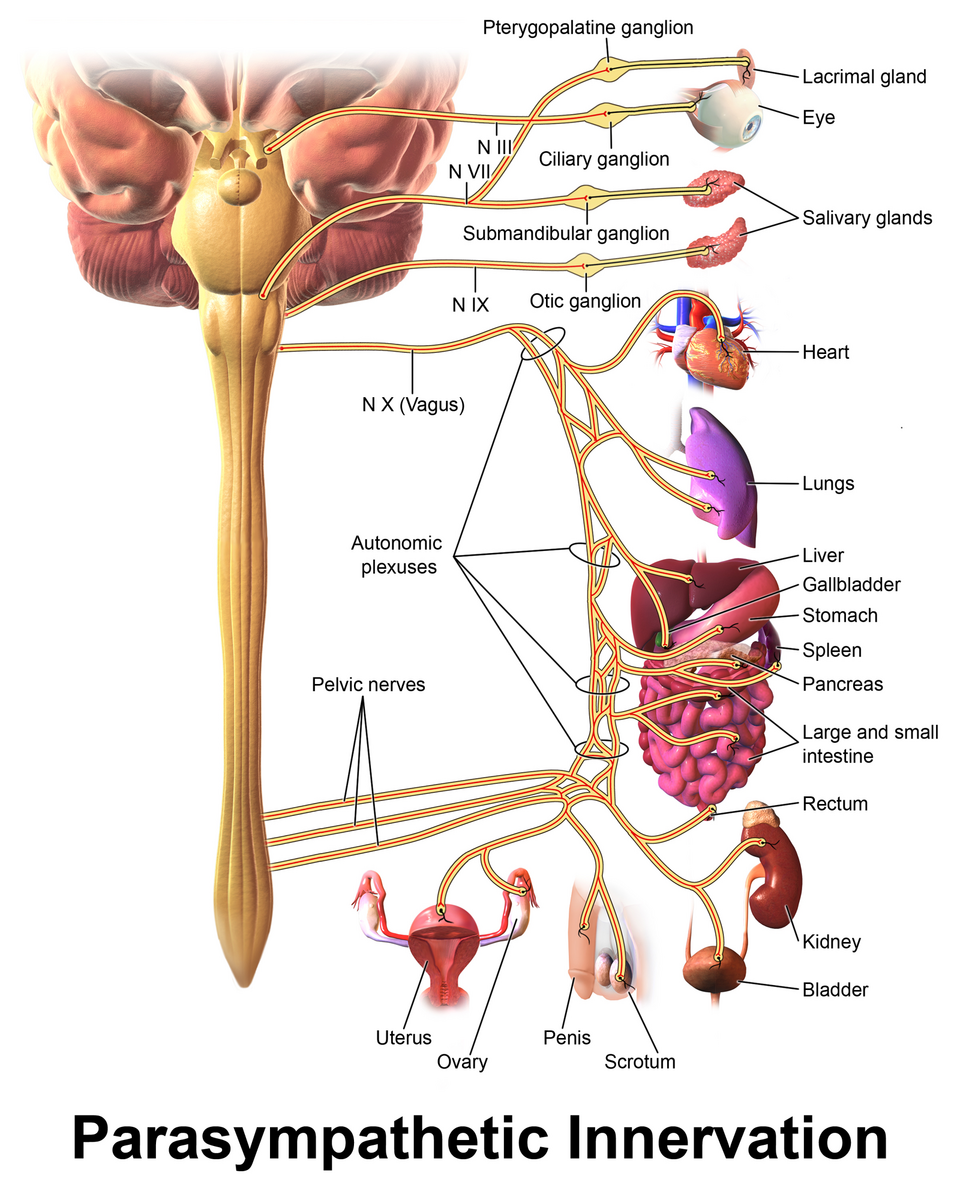The nerves in the upper neck appear to be a common thread between many types of headaches. How this important area is treated could hold the key to relief from this common complaint.
DOWNLOAD YOUR $49 VOUCHER HERE
(scroll to the bottom of this page for more details).

What part does your Neck play in a Headache?
Your neck does more than you think. The three top vertebrae enable you to nod, turn and bend your head, and contribute to supporting its weight. But there’s more to your neck than that.
Right at the top of your cervical spine (neck) sits your brain stem, which controls the flow of messages between your body and brain. It’s a hub of nerves, including the:
-
Trigeminal nerve, which supplies sensation to your face and enables you to move some of your facial muscles, and
-
Vagas nerve, which is heavily involved in your nervous system and can contribute to chronic inflammation.
There are many potential triggers for headache and migraine, including (but not limited to):
- postural problems
- certain foods
- stress
- trauma
- hormonal changes
- degenerative change in cervical spine
- muscle weakness and tightness.
Plenty of people experience those changes without experiencing a headache or migraine. For others though, those triggers set off a pain message, which is then transmitted through your upper neck to your brainstem – which has become over-sensitised to those messages, tipping you into a headache or migraine.
The good news is, that headaches and migraines which involve a combination of dysfunction in your upper neck and/or brainstem sensitivity, can often be successfully treated by approaches that target your neck.
Let’s look at the headache types relating to your neck, and then explore the methods for treating them.
Which Headache Types trace back to your Neck?
There are hundreds of different types of headaches and migraines. That’s far too many to cover here so we’ll just look at five types where your neck is implicated.
1. Tension headache
With a tension headache, you may feel like someone’s tightening a band around your head. Sometimes, you can point to an obvious trigger like stress, fatigue or dehydration, but other times there seems to be no particular cause. Tension headaches may last for hours though, sometimes days, and can be debilitating.
Chiropractic adjustments and soft tissue interventions like trigger point therapy may be more effective than medication in the short term (and equal to it in the long-term) in reducing the frequency, intensity and duration of tension headaches.
2. Cervicogenic headache
The name gives this one away. ‘Cervicogenic’ literally means a headache that originates in your neck due to a problem with the bones, nerves or muscles there.
Along with a throbbing headache, you may also experience pain on one side of your head or face, a stiff neck, pain around your eyes, and pain that worsens when you move, cough or sneeze.
There’s good evidence supporting the benefits of chiropractic adjustment, mobilisation and strengthening exercises in managing cervicogenic headaches.
3. Migraine
Migraine is the result of abnormal brain activity affecting nerve signals, chemicals and blood vessels in the brain. It’s a neurological (nerve-related) condition that can cause nausea, vomiting, dizziness and, in some people, visual disturbances known as ‘aura’. Some, but not all, migraine sufferers also experience a throbbing headache.
Migraine is a complex problem that needs a multi-pronged treatment approach. Chiropractic can help to reduce the intensity of migraine, potentially achieving the same results as some common migraine medications. Laser therapy can also help to reduce symptoms, pain intensity and medication needs.
4. Cluster headache
Cluster headaches may cause intense pain around your eyes or in other parts of your face. These headaches come one after another in clusters that can last anywhere from minutes to hours. Some people may even have been hospitalised due to cluster headaches.
These types of headaches occur when the trigeminal nerve (mentioned above) is pinched, compressed or shifted from its normal position. Cluster headache treatment needs to be focused on the cause as well as the symptoms.
5. Hormonal headaches
Hormone headaches particularly affect women due to hormone changes associated with:
- menstruation (periods)
- pregnancy
- hormone-based contraceptives
- menopause.
Normal hormonal changes shouldn’t trigger a headache – otherwise all women would experience that. If you’re experiencing headaches linked to your periods or other hormonal changes, then it may be because your brain is interpreting those hormonal changes (which pass through your neck and brainstem) as abnormal.
What about the Vagus Nerve?
We’ve noted that the trigeminal nerve is implicated in cluster headaches but what about the vagus nerve? We noted above that it’s also implicated in headaches so now it’s time to explain why.
The vagus nerve is one of the biggest nerves in your body, extending down from the brainstem through your upper neck, down to the abdomen.
The vagus nerve does many things, including:
- informing your autonomic nervous system (ANS) about your body’s organs
- running your parasympathetic nervous system (your ‘rest and repair’ system)
- assessing the micro-organisms in your gut and effectively ‘switching on’ inflammation if there’s an imbalance between the good and bad bacteria in your gut.
That’s how your general health including your gut health can ultimately trigger a headache by causing inflammation which aggregates some components of headache.
Lifestyle factors like stress and diet can affect the vagus nerve.
If you’d like to learn about lifestyle changes that can help, check out our Adapt-Ability Workshop.
Chiropractic for Headaches & Migraines
We’d love to help you relieve the symptoms of headache and migraine and improve your quality of life so you can enjoy doing the things you love.
At Stafford Chiropractic & Wellbeing Centre, we take a holistic approach to treating headaches. Headaches may be linked to your upper neck but we still address your whole spine using techniques such as cold laser therapy, postural improvements, chiropractic manipulations and lifestyle advice, including targeting your vagus nerve and teaching you about the adaptability of your autonomic nervous system.
Call 07-3356 9552 if you have any questions on this topic or would like to book an appointment.
DOWNLOAD a $49 VOUCHER which includes:
- Thorough Initial Consultation & Report of Findings (first two visits, normally $185) at our Stafford or Windsor location.
- Full Postural Assessment
- X-rays if clinically indicated (covered by Medicare)
- Chiropractic Treatments (T&Cs apply)
- Specific Exercise & Ergonomic Advice
CLICK HERE for your $49 VOUCHER – Learn More…
DISCLAIMER: All content is created and published online for informational purposes only. It is not intended to be a substitute for professional medical advice and should not be relied on as health or personal advice. Always seek the guidance of your doctor or other qualified health professional with any questions you may have regarding your health or a medical condition.
